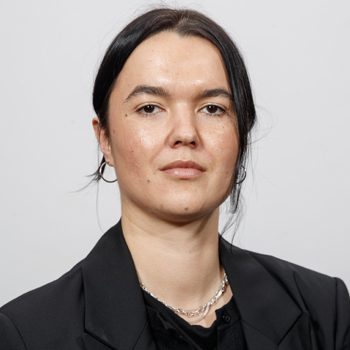The Child Poverty Action Group said more and more people were doing it tough and the current benefit rates were far below the level people needed.
The data also shows the number of hardship assistance payments was 10.4% lower and the value of those hardship payments 21.4% lower during the September 2024 quarter compared with the same quarter in 2023.
During the September quarter, 572,871 hardship assistance payments were issued, worth $202.9 million. Hardship assistance includes grants for things like food or emergency housing.
At the end of September, there were 391,224 people receiving a main benefit – an 8% increase (29,130 people) compared to September 2023.
Main benefits include Jobseeker, sole parent support and the supported living payment, among other payments.
There were 204,765 people (6.3% of the working age population) receiving the Jobseeker payment at the end of last month, up 23,256 or 12.8% on September last year.
There are two categories of Jobseeker benefits: “work ready”, for those who can work now, and “health condition or disability”, for those who can’t work fulltime right now for health reasons but have been medically assessed and are expected to recover and be able to work.
Of those receiving Jobseeker, 116,904 people were getting the work ready payment and 87,861 people were receiving the health condition or disability payment – an 11.8% and 14.3% increase, respectively.
The data also shows – at the end of September 2024:
- Number of people receiving an Accomodation Supplement increased by 17,787 or 5%. Accomodation Supplements help people on low incomes with their rent, board or home ownership payments.
- The number of people receiving Disability Allowance decreased by 2712 or 1.2%.
- There were 44,316 main benefit cancellations – an increase of 5655 or 14.6% on the September 2023 quarter.
- There were 18,516 exits into work – an increase of 2082 or 12.7% on the September 2023 quarter.
- 78,027 people were receiving Sole Parent Support – up 3027 or 4% on September 2023.
- 103,824 people were receiving the Supported Living Payment - up 2460 or 2.4% on September 2023.
- The proportion of the working-age population receiving Jobseeker Support increased in all regions between September 2023 and September 2024. The largest percentage point increase was in Auckland Metro (0.9%). Northland had the highest proportion of people receiving Jobseeker at 10.9%.
Child Poverty Action Group spokesperson Georgie Craw the latest data showed everyday people were continuing to suffer.
“At the moment we’re seeing more and more people doing it tough out there. We’ve got a really dysfunctional system holding a lot of problems in place and making it harder and harder for families to thrive.
“These figures are proof, in a way, that the Government is working at cross-purposes and its everyday people who are suffering. We’ve seen a lot of celebration that inflation is coming down, yet we know that rising unemployment has been the way that the heat has come out of inflation.
Craw said current benefit rates were far below what people need.
“Our research has also shown that seven out of ten New Zealanders across age, income and political spectrums approve of the Government increasing the level of support for those on the lowest incomes. So really, our message is, the Government has engineered some of this and they must recognise families’ strengths and desire to do well and loosen the economic constraints that have been placed on them.”
Julia Gabel is a Wellington-based political reporter. She joined the Herald in 2020 and has most recently focused on data journalism.
